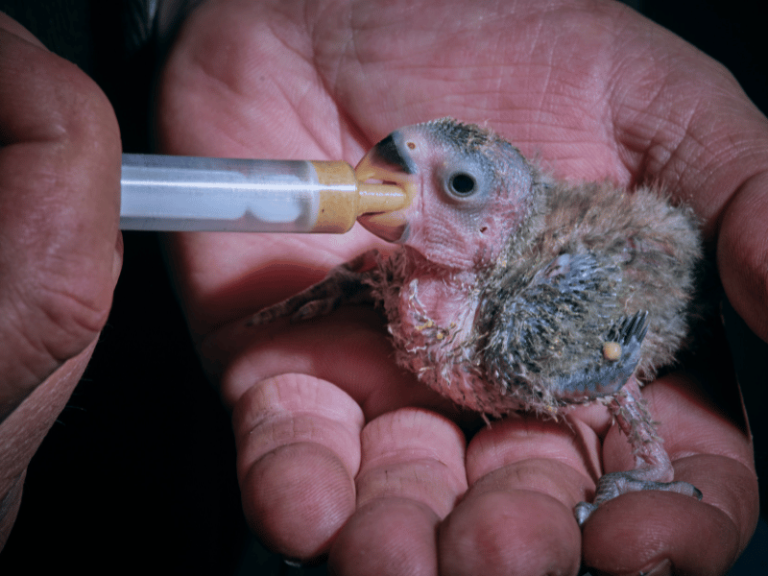In the chicken farm, those fluffy chicks chirp and play under the sunlight. Who wouldn’t want to raise a few of them?
If you want eggs, you need to raise hens. When you’re selecting chicks, you might envy those with larger heads, thicker legs, lively and eager to eat. “These chicks, if well raised, will surely lay exceptionally large eggs,” you might think. So, you buy them, only to be disappointed later when most turn out to be roosters. Little did you know, the ones you overlooked—those with rounder bottoms, smaller heads, slender legs, shorter necks, and quieter demeanor—are mostly hens.
How can you correctly distinguish between male and female chicks? Currently, the widely used and highly reliable method worldwide is to examine the genital protuberance inside the cloaca of the chick. This identification work can be done shortly after the chicks hatch. The genital protuberance, in the case of males, is a degenerated penis, similar in size to a grain of millet, located at the lower part of the cloaca. On both sides of the genital protuberance, there are wrinkles forming an eight-shape. In male chicks, this protuberance is prominent with well-developed wrinkles. Female chicks have underdeveloped or even concave protuberances with no wrinkles. To identify, gently hold the chick with your right hand, use your fingers to secure the upper part of the cloaca, and gently (patience is key!) open the cloaca with your left thumb and index finger.

